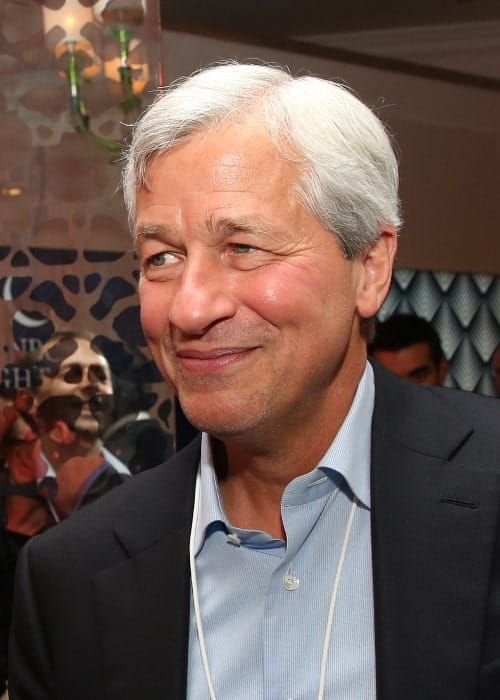The Super Bowl has long been more than just a football game; it is the high season for advertising, with global brands vying for prime spots during the most-watched television event in the United States. In 2024, the tradition of using high-profile celebrities to turn mere commercials into cultural moments continued unabated, with astronomical fees reflecting the stakes involved.
This year, star talent has commanded between $3 million and $5 million per appearance in Super Bowl advertisements, according to industry reports. Such fees are no longer outliers but have become the norm as advertisers seek to strike gold with campaigns that resonate well past the game. These salaries sit within the context of a broader trend of escalating costs, as 30-second spots during the Super Bowl now fetch up to $7 million for airtime alone.
For brands, leveraging the star power of Hollywood celebrities offers more than just a fleeting impression. It is an investment in cultural capital. From comedic performances to heartfelt testimonials, celebrities bring a level of clout and relatability that few other marketing tools can match. Advertisers bank on their ability to hold an audience’s attention in a cluttered advertising landscape, where minute details can make or break a brand’s moment in the spotlight.
The calculus behind these seven-figure payments is not arbitrary. Industry insiders note that the value proposition for hiring celebrities often transcends the price tag. Ben Affleck and Jennifer Lopez, for instance, became the talk of the 2024 Super Bowl after their ad tied to a major fast-food chain went viral. Beyond entertaining millions during their game-time debut, such endorsements often have a ripple effect on social media platforms, multiplying the reach of the campaign severalfold.
Still, these massive investments are not without risks. In recent times, aligning a brand with a celebrity’s persona has occasionally backfired, particularly if the individual becomes embroiled in controversy. Yet, despite these potential pitfalls, the allure of big names remains irresistible, especially during a cultural event like the Super Bowl, where every second of airtime carries amplified significance.
Adding to the financial strain, advertisers must account for production costs on top of the celebrity salaries and airtime fees, ballooning the total cost into eight-figure territory. Standard Super Bowl ads are often elaborate productions, sometimes involving intricate sets, multiple shoot days, and post-production elements. Larry David’s memorable appearance in a cryptocurrency ad during a past Super Bowl reportedly involved a $10 million budget.
It’s not just an American phenomenon; the Super Bowl’s appeal has become increasingly global, and with it, the ads have achieved an unparalleled international reach. Advertisers recognize this, and many actively design their campaigns to have a universal message, ensuring they connect with audiences across borders. This international attention further raises the stakes, making the presence of a recognizable celebrity not only desirable but indispensable.
The evolution of Super Bowl advertising also reflects the changing consumption landscape. As traditional TV viewership faces competition from streaming services, engaging commercials that blend humor, drama, and desirability have become non-negotiable. This dynamic leads brands to rely more heavily on celebrities, who already bring their own audience along for the ride, augmenting the ads’ reach and reception.
Indeed, several A-list actors and musicians have become staples during Super Bowl ad breaks. Contract terms vary widely, with some preferring cash payouts and others opting for equity deals, particularly when promoting startups or lesser-known brands. This model has proven lucrative for some celebrities, although it is not without risks, as illustrated by some recent controversies in the cryptocurrency space.
Amid these changes, it is worth noting the ever-escalating price for airtime. Airing a spot during the Super Bowl now represents a massive financial commitment that effectively shuts out smaller companies. Critics argue that this trend risks diluting the diversity of advertisers, but proponents contend that the enormous viewership justifies the expense.
For viewers, the commercial breaks have become as much a part of the Super Bowl experience as the game itself. Surveys consistently show that a significant portion of the audience tunes in more for the advertisements than the actual match. This cultural shift underscores the importance of celebrities in these campaigns, as they often provide the star wattage needed to dominate social media discourse in the days following the game.
As the Super Bowl continues to grow in influence, so too does the importance of a well-executed ad strategy. For advertisers, missing the mark is simply not an option. With multimillion-dollar investments on the line, every detail—from casting to production—is meticulously planned. In the years to come, it seems likely the trend toward ever-more expensive celebrity-studded ads will continue, helping cement their place as cultural touchstones.



